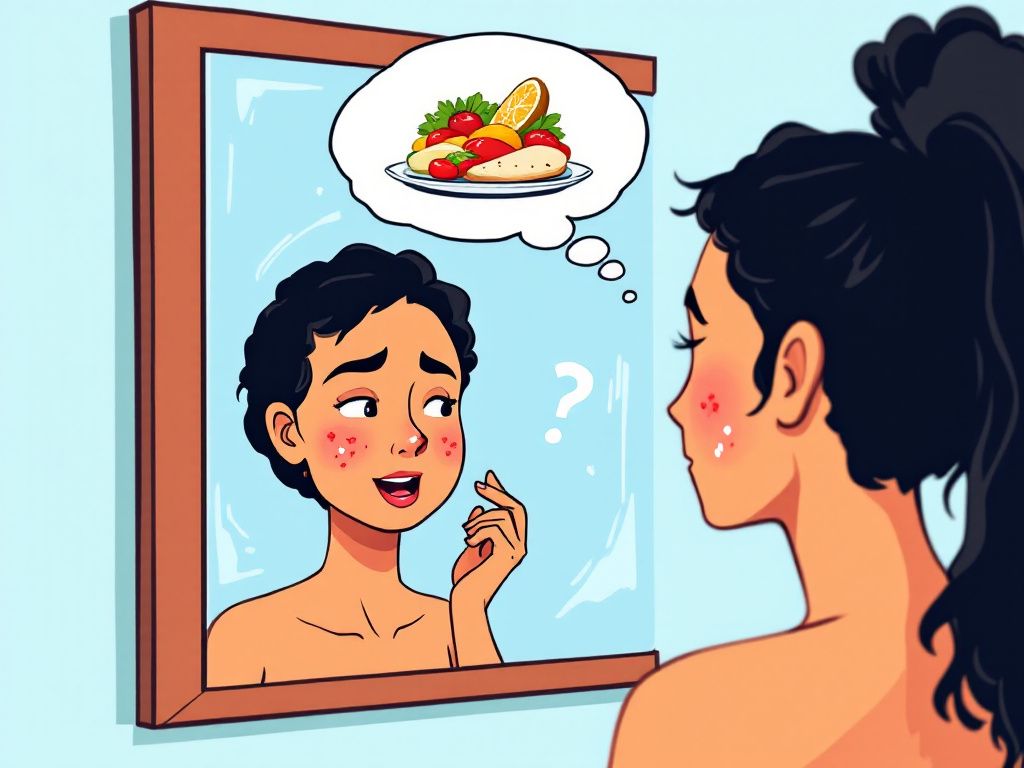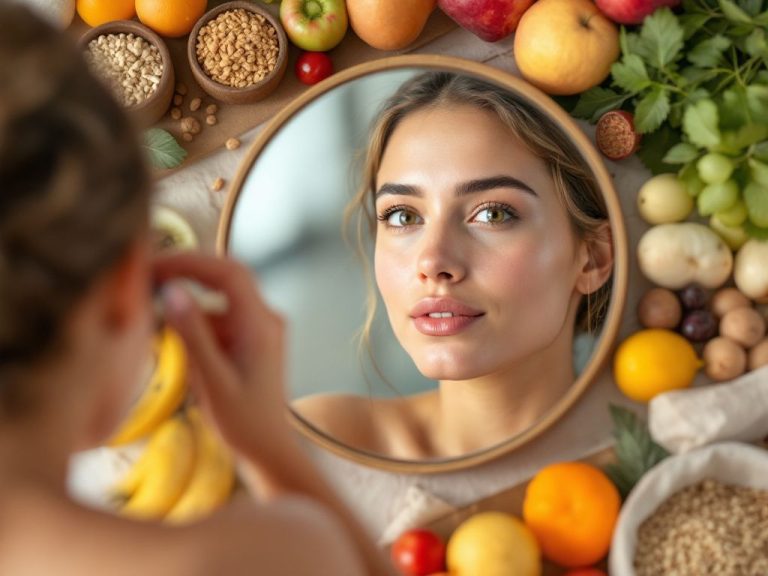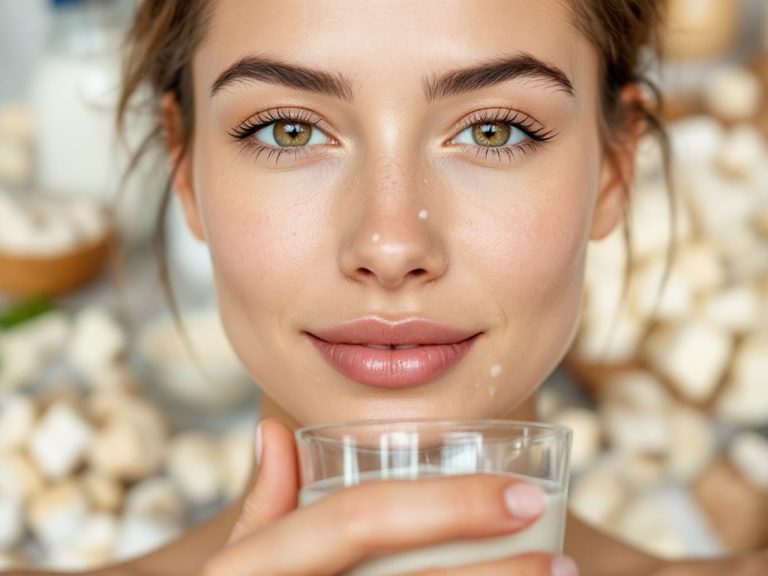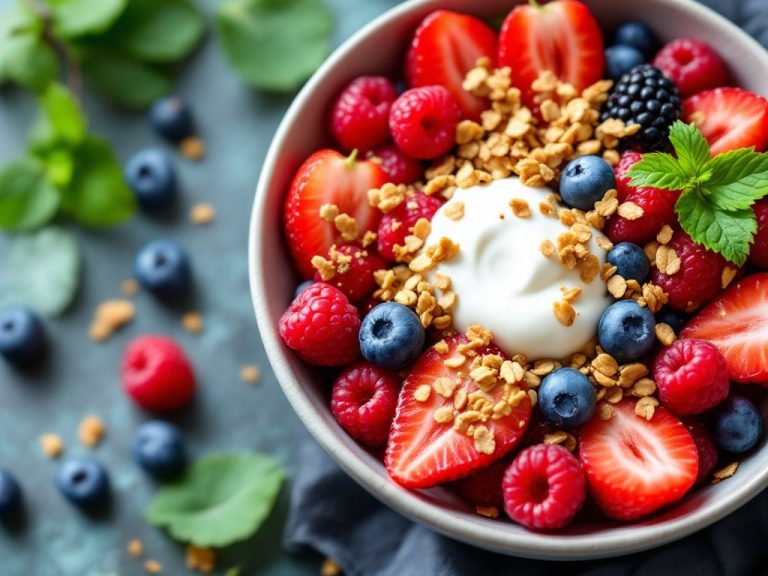Hey, have you ever found yourself staring in the mirror, squinting at that painfully familiar red bump, wondering “Why me? And more importantly, why now?” Well, you’re definitely not alone. Pimples seem to have a knack for making an appearance at the most inconvenient times. What’s even more puzzling is the role food might play in this. Let’s dive into the nitty-gritty of it—what food causes pimples, really?
Table of Contents
ToggleThe Quest Begins: Food and Breakouts
So, you’re pondering, could last night’s pizza and soda binge be what triggered this breakout? I hear you. Before we name and shame particular foods, let’s find out why they might have such an impact in the first place.
The link between your diet and your skin isn’t just an old wives’ tale. Scientists have seen enough evidence to suspect that certain foods might make your skin break out. But before you start tossing everything in your fridge, remember—we’re aiming for balance and knowledge, not panic. Our bodies respond differently, but there are some usual suspects worth exploring.
Foods Known for Triggering Pimples
Dairy: Enemy or Misunderstood Villain?
The debate around dairy products in the context of acne is as complex as your average teen’s diary. Dairy is frequently pointed out for its potential to cause breakouts, specifically milk. Why? Well, milk contains hormones that can interact with your body, potentially leading to increased oil production in your skin. And more oil often means more pimples.
**Tip**: If you’re noticing a pattern between your milkshake indulgences and your skin’s rebellious acts, try scaling back a bit—maybe opt for plant-based alternatives and see how your skin feels about that.
Sugar and High-Glycemic Foods: Sweet but Dangerous

Here’s the scoop on sugar: Foods that quickly raise your blood sugar can mess with your body’s insulin level. It sounds a bit technical, but stick with me. When your insulin spikes, it’s like turning up the volume on oil production in your skin. More oil equals more pimples, generally speaking.
**Examples of High-Glycemic Foods**:
- White bread
- Sugary cereals
- Pasta
- Donuts
Why are these so problematic? Because they turn into sugar real fast in your bloodstream, causing an insulin surge that can lead straight to breakout city.
Fats: Not All Are Created Equal
Fats are vital, but some types might not do your skin any favors. Research indicates that diets high in unhealthy fats and oils, such as those in fast foods, can exacerbate skin problems. These types of fats may promote inflammation, a key player in the formation of acne.
**Healthy Fat Alternatives**:
- Avocados
- Nuts
- Olive oil
These have anti-inflammatory properties and can help balance your diet without compromising your skin.
The Underdogs: Lesser-Known Dietary Triggers

Whey Protein: Bodybuilding and Breakouts
Whey protein is a popular supplement, especially in fitness circles. But watch out, it might be secretly plotting against your skin! This is due to its insulinogenic properties which could lead to increased oil production.
Caffeine: Jittery Breakouts?
Okay, I’m not here to wage war on your morning cup of joe, but be mindful. Too much caffeine can cause stress and dehydrate your skin. Both can aggravate existing acne conditions.
Do You Really Have to Give Up Everything? (Short Answer: No)
Avoiding these foods entirely isn’t always the best or the most enjoyable approach. Moderation is key, and so is individual assessment. Your body is unique. While some might see dramatic results by cutting back on dairy, others find no correlation.
Trial and Error Approach
Give this method a try if you’re curious about pinning down what might be causing your issues. Start by eliminating one category for a set period—typically two to four weeks. Keep an eye on how your skin reacts. This isn’t the most scientific, but it can be enlightening.
On Skin Journal Ting (Yes, Really)
Keep a simple journal noting your daily meals and snacks, along with observations about your skin’s condition. Try it—it often provides unexpected insights.

Beyond Food: Other Factors to Consider
Food is a significant piece of the puzzle, but let’s not overlook other possible contributors like stress, hygiene, and genetics. While some elements are unchangeable, others—like maintaining a consistent skincare routine—hold great potential for improving your baseline skin health.
Be Smart About Skincare
Cleansing twice daily and using non-comedogenic products can keep those pores from clogging. Easy wins, right?
Common Missteps Along the Way
So, you’re on this journey now, but let’s sidestep some traps. One major pitfall? Adopting extreme diets based on others’ experiences without listening to your own body. You might be tempted to cut entire food groups just to see if there’s an effect, but that can lead to nutritional imbalances quicker than you realize.
A Balanced Outlook
Remember, the goal here isn’t perfection. It’s about figuring out what balance means for you and giving your skin as much of a fighting chance as you can.
Let’s Wrap This Up
Managing pimples is as much about lifestyle as it is diet. Keep exploring, keep feeding yourself the good stuff (literally and figuratively), and most importantly, go easy on yourself. Each new day is another opportunity to find what truly works for you and maybe, learn a little bit more about yourself in the process.
Remember, nobody has all the answers when it comes to the complex symphony of causes behind acne, but asking the right questions and paying attention to your body’s responses is a pretty stellar approach. Cheers to clearer skin and peace of mind! Your skin story is uniquely yours.
Frequently Asked Questions
What types of foods are most likely to cause pimples?
Foods that are high on the glycemic index (GI), such as white pasta, white rice, and refined grains, can trigger pimples. Additionally, dairy products, fast food, chocolate, and whey protein powder have been linked to increased acne risk. These foods can cause inflammation, increase blood sugar and insulin levels, and boost sebum production, all of which can contribute to acne[2][3][5).
How do high-glycemic foods affect acne?
High-glycemic foods, such as sugary sodas, candy, and processed foods, cause a rapid increase in blood sugar levels. This leads to increased insulin levels, which can stimulate androgen hormones and insulin-like growth factor 1 (IGF-1), resulting in faster skin cell growth and higher sebum production. These changes can clog pores and exacerbate acne[2][3][4).
Can dairy products contribute to acne?
Yes, dairy products, particularly milk, have been associated with increased acne risk. The consumption of milk, especially low-fat skim milk, can increase insulin levels and affect hormone balances, which may worsen acne. The amino acids in dairy products can also contribute to increased sebum production[3][4][5).
Are there any foods that can help reduce acne?
Yes, certain foods can help reduce acne. Foods high in fiber, such as vegetables like broccoli, Brussels sprouts, and carrots, can help regulate blood sugar levels and reduce inflammation. Seafood and walnuts, which are rich in omega-3 fatty acids, can also help reduce inflammation and improve skin health. Additionally, foods like avocados, salmon, and oysters, which contain antioxidants and zinc, can be beneficial for acne-prone skin[1][3][5).
References







